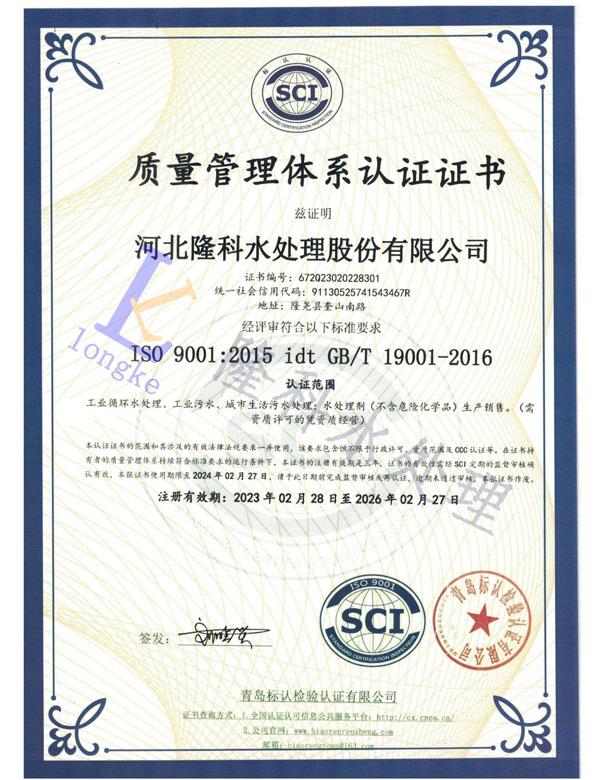pacl polyaluminum chloride
Understanding PACL Polyaluminum Chloride and Its Applications
Polyaluminum chloride (PAC), specifically referred to as PACL, is a widely used chemical coagulant in water treatment processes. This compound, characterized by its various forms of aluminum hydroxides, plays an essential role in the purification of drinking water, wastewater management, and numerous industrial processes. Understanding PACL and its applications is crucial for appreciating its significance in environmental science and engineering.
Structure and Properties
Polyaluminum chloride is a polymeric form of aluminum chloride. It is primarily available in a liquid state and is known for its high positive charge density, which enhances its coagulation and flocculation properties. The positive charge facilitates the neutralization of negatively charged particulates in water, leading to the formation of larger aggregates that can be easily removed. The typical composition of PACL offers a higher degree of efficiency compared to traditional coagulants like aluminum sulfate, particularly in terms of removal rates and the quality of treated water.
Applications in Water Treatment
1. Drinking Water Purification One of the most significant applications of PACL is in drinking water treatment facilities. It effectively removes turbidity, color, and organic matter from water sources. By forming flocs with suspended particles, PACL helps achieve a clearer and healthier water supply. This process is crucial, especially in regions where water quality is compromised.
2. Wastewater Treatment PACL is also widely used in municipal and industrial wastewater treatment systems. It aids in the removal of heavy metals, phosphates, and other contaminants, ensuring that the effluent released into the environment is compliant with environmental standards. This application is vital for reducing water pollution and protecting aquatic ecosystems.
pacl polyaluminum chloride

3. Industrial Applications Apart from municipal water treatment, PACL finds applications in various industries, including paper manufacturing, textile processing, and chemical production. In these sectors, PACL is used for color removal and as a clarifying agent in different processes, demonstrating its versatility.
Environmental Impact
The environmental implications of using PACL are notable. While it effectively helps in treating water, the disposal of aluminum-rich sludge generated in the coagulation process requires careful handling. If not managed properly, this sludge can lead to further environmental challenges. However, advancements in treatment technologies and understanding of PACL’s chemistry continue to optimize its application, making it a crucial player in sustainable water management.
Advantages of PACL
Polyaluminum chloride offers several advantages over traditional coagulants. Firstly, it operates effectively over a wide pH range, making it versatile for various water conditions. Secondly, PACL generates less sludge compared to aluminum sulfate, which reduces the burden on sludge disposal systems. Additionally, it requires lower doses than other coagulants for the same level of water quality improvement, making it a cost-effective solution in the long run.
Conclusion
In conclusion, PACL has established itself as an indispensable component of modern water treatment processes. Its efficiency in coagulation makes it essential for providing safe drinking water and managing wastewater effectively. As regulations tighten around water quality and environmental protection, the importance of compounds like PACL is expected to grow. Additionally, ongoing research into the optimization of PACL applications will likely lead to further advancements in water treatment technology, contributing to a cleaner and sustainable future. Understanding the role of PACL not only highlights its significance in current practices but also paves the way for innovation in environmental management.
-
Water Treatment with Flocculant Water TreatmentNewsJun.12,2025
-
Polymaleic AnhydrideNewsJun.12,2025
-
Polyaspartic AcidNewsJun.12,2025
-
Enhance Industrial Processes with IsothiazolinonesNewsJun.12,2025
-
Enhance Industrial Processes with PBTCA SolutionsNewsJun.12,2025
-
Dodecyldimethylbenzylammonium Chloride SolutionsNewsJun.12,2025





